Polynesia (which means "many islands") is one of the three major categories created by Westerners to refer to the islands of the South Pacific.
c. 1200 B.C.E. - present

Polynesia (which means "many islands") is one of the three major categories created by Westerners to refer to the islands of the South Pacific.
c. 1200 B.C.E. - present
We're adding new content all the time!
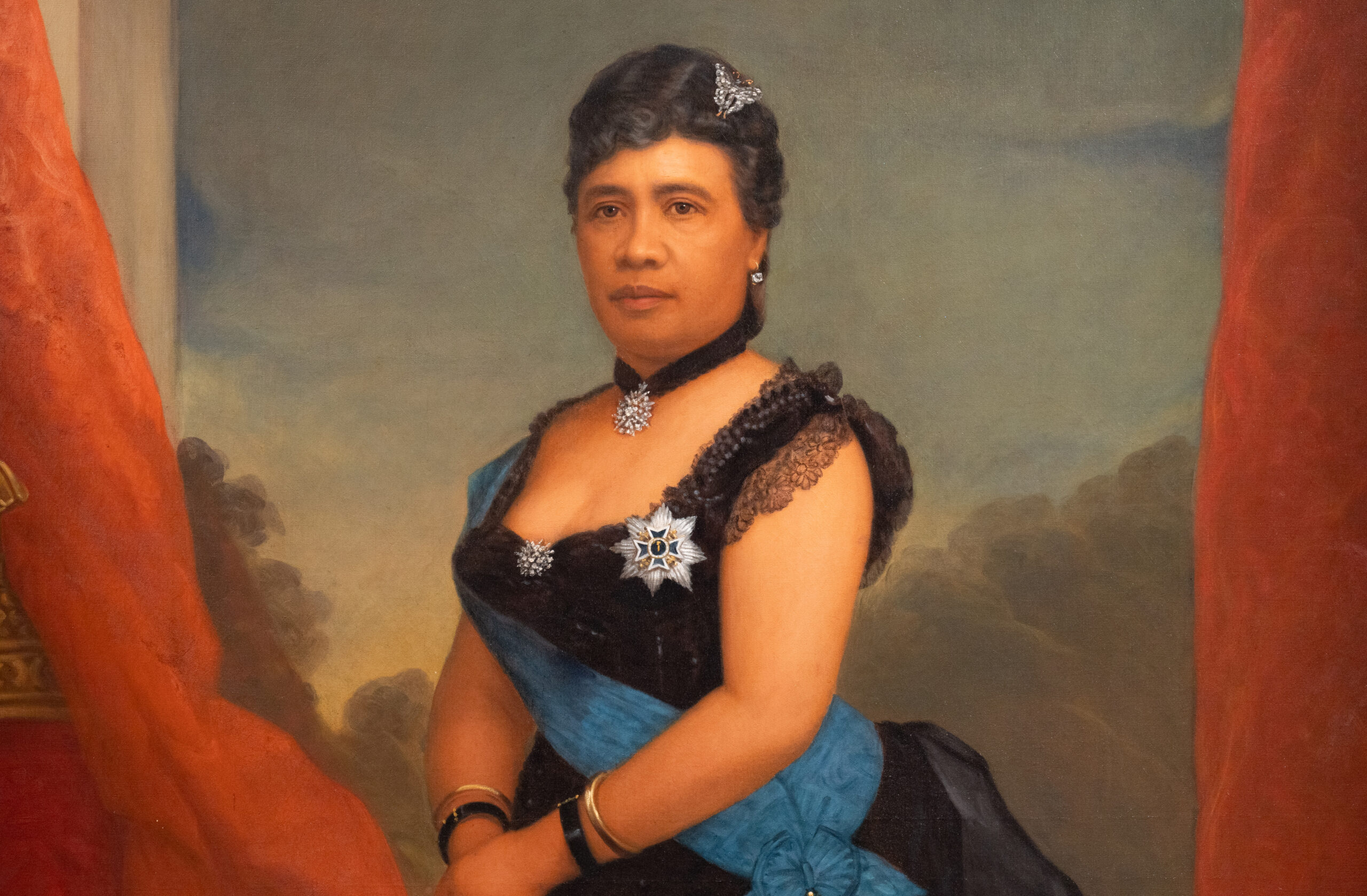
This royal portrait and cape convey the power of the Hawaiian monarchy and the tensions around the momentous historical events of 1898.
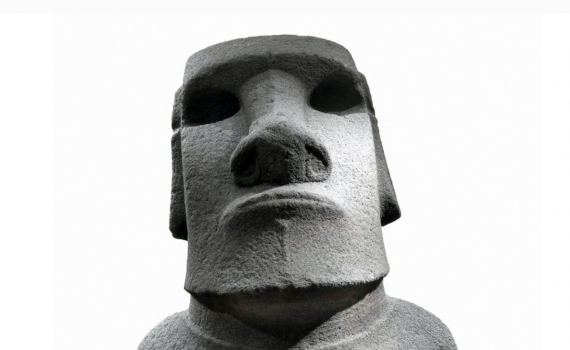
This “lost or stolen friend” left Easter Island in 1869. Carved of dense volcanic rock, it towers over the viewer.
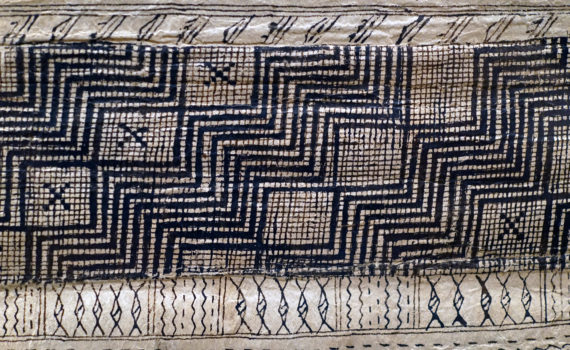
Hand-drawn patterns fill the surface of these textiles made from bark from the Pacific islands of Wallis and Futuna
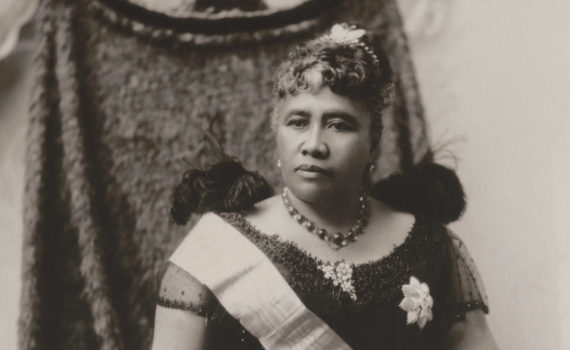
This photograph of Liliʻuokalani was tied to Hawaiʻi’s international relations, representing the monarchy’s sovereign right to rule for local and global audiences.

Ku-ka’ili-moko, one of the manifestations of Ku, is the Hawaiian god of war, and this one was made for and erected by King Kamehameha I at the end of the eighteenth and the beginning of the nineteenth century.
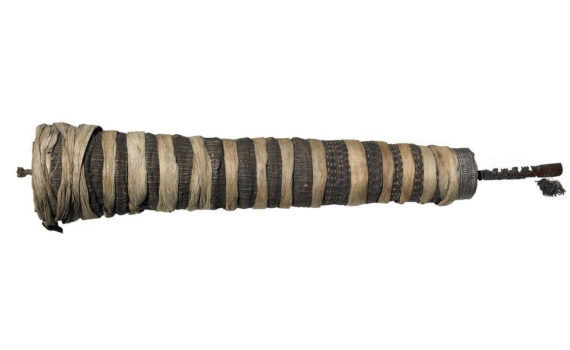
A sacred object made by Rarotongan men and women represents an important deity to Cook Islanders
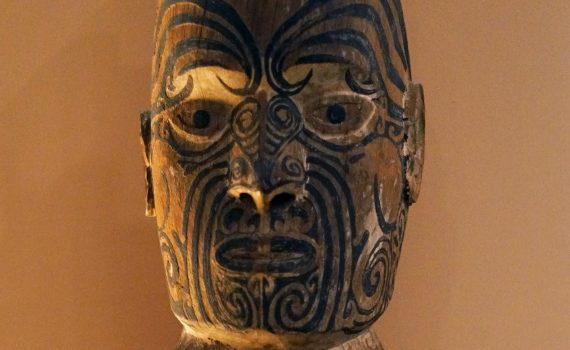
After a century in storage, this “Whale Rider” got a visit from his descendants—and received a token of their love.

These giant statues embody the ancients who first voyaged to Rapa Nui. Many were toppled; all lost their coral eyes.
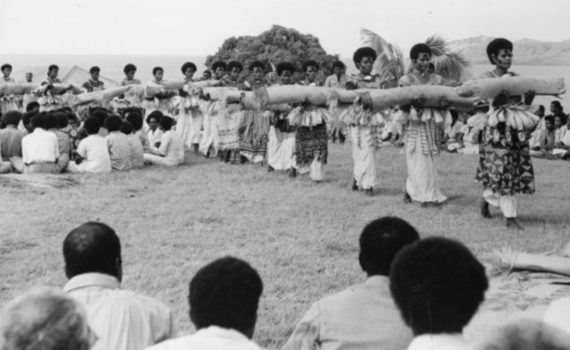
This photograph commemorates a historic royal visit and captures the practice of Fijian gift exchange.
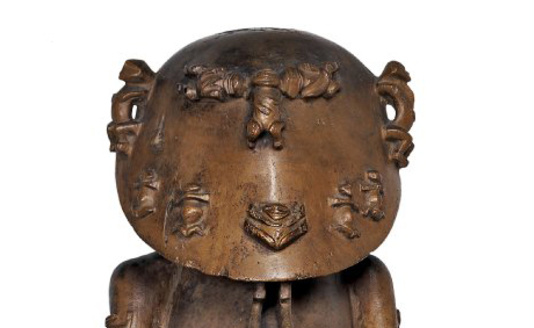
This virtuosic carving represents a creator god. It is one of the finest pieces of Polynesian sculpture in the West.

Islanders grew fruit trees and used the wood to carve figures. This one depicts Ku, the “land snatcher.”

Curated Guides are collections of Smarthistory videos and essays curated and organized by leading scholars into strategic pathways for learning and teaching. Check out the 3 types of guides: The Basics, Syllabi, and Thematic Series!
Curated Guides are part of an ongoing effort to make Smarthistory even more useful for educators and learners everywhere. Stay tuned for more updates!